Northern Lights Spread Across the U.S. as Scientists Warn of More Geomagnetic Superstorms
Back in May, skywatchers across the U.S. were treated to an extraordinary sight: the northern lights illuminating skies as far south as Arizona. This rare display of the aurora borealis was the result of a G5-rated geomagnetic superstorm that swept through the Earth’s atmosphere from May 10 to May 12.
But scientists say this might only be the beginning of more frequent sky shows over the next two years.
What Caused the Northern Lights to Spread?
The geomagnetic storm that caused the northern lights to spread so far south was triggered by a powerful solar event.
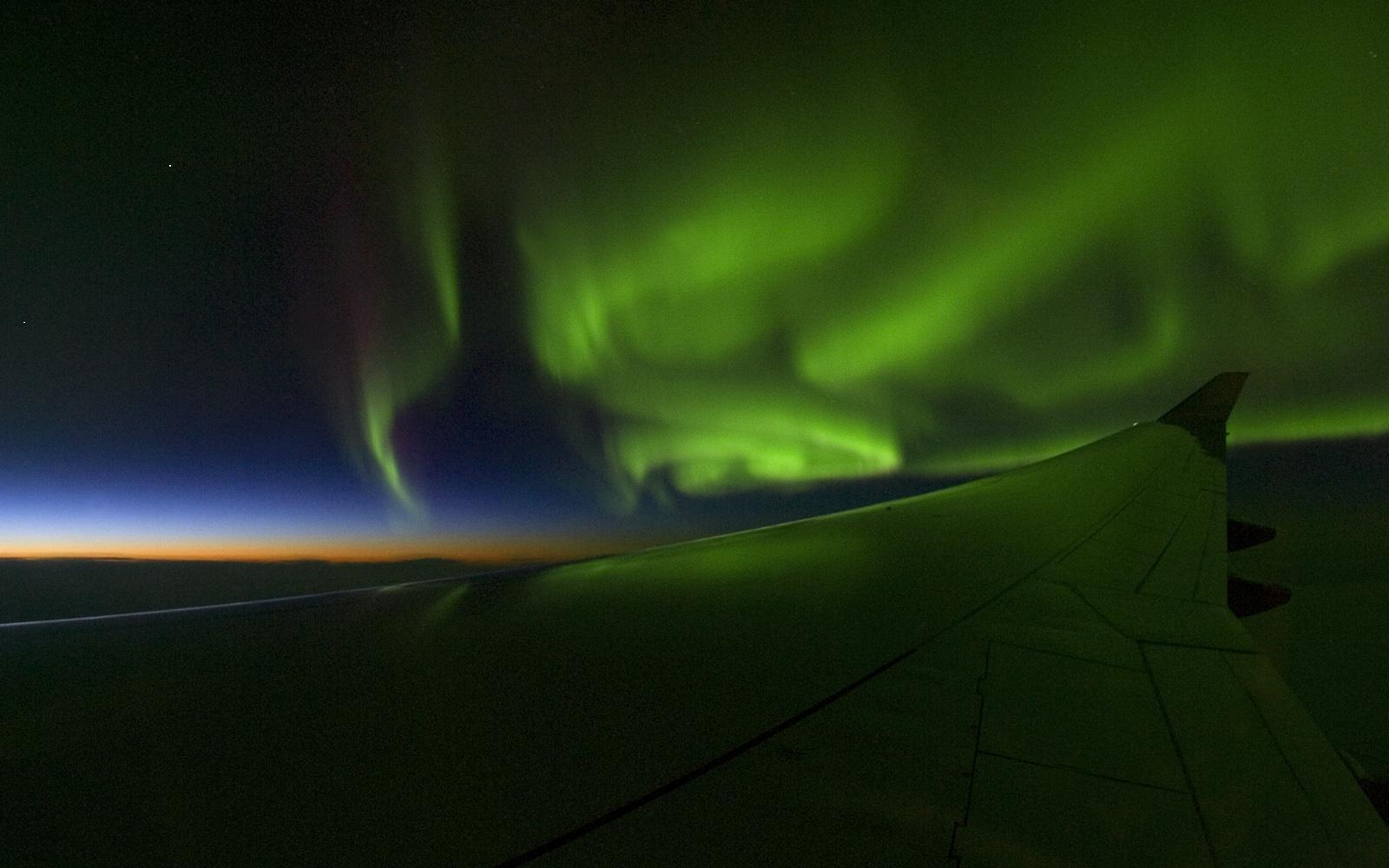
Source: Wikimedia
A coronal mass ejection (CME) from the sun released charged particles that interacted with Earth’s magnetic field, lighting up the skies in places that don’t normally see auroras. According to scientists, storms like this one can affect Earth’s atmosphere in unprecedented ways.
Geomagnetic Storms Explained
So, what exactly is a geomagnetic storm? These storms occur when solar wind, filled with charged particles from the sun, strikes Earth’s magnetic field. The collision creates disturbances in the atmosphere, which leads to the beautiful northern lights.

Source: Dwxn/Wikimedia Commons
However, the May 2024 event was particularly intense, ranking as a G5 storm—the most powerful category on the scale.
Hurricane-Sized Spirals in the Atmosphere
During this storm, NASA’s GOLD satellite captured something unusual. The aurora caused “hurricane-sized spirals” of air in the atmosphere. Low-energy particles moved from the equator toward the auroras, creating massive vortices.
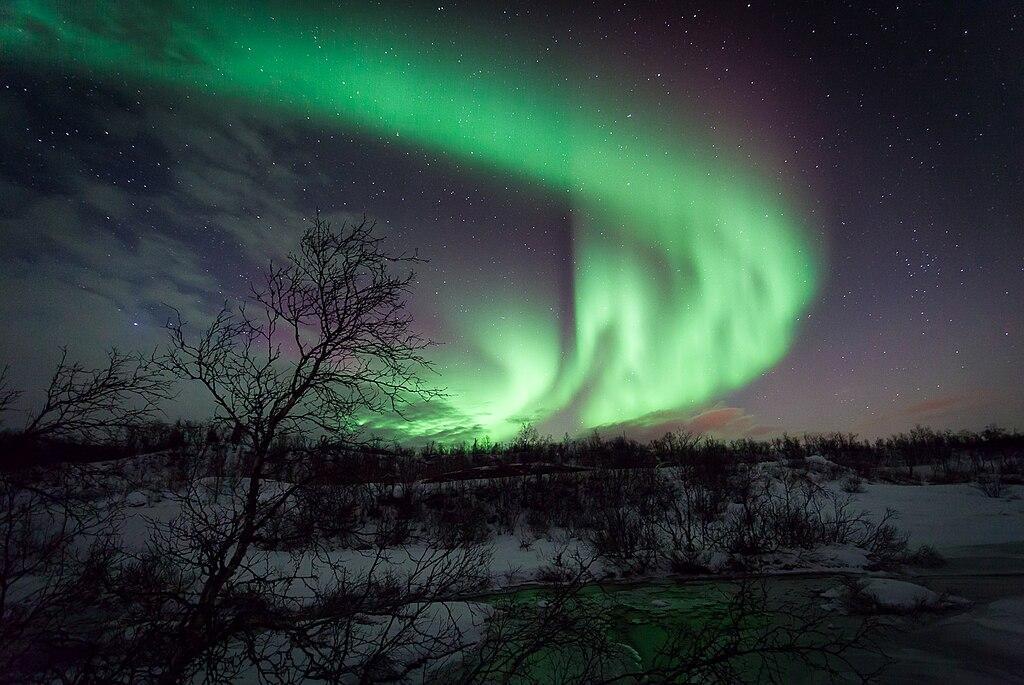
Source: Wikimedia
Scott England, a researcher from Virginia Tech, explained that this movement could have major implications for GPS systems and satellites.
Impact on Satellites and GPS
Geomagnetic storms don’t just put on a light show—they can interfere with technology, too. The charged particles that created the aurora also caused disruptions in the ionosphere, a layer of the atmosphere that satellites and GPS signals pass through.
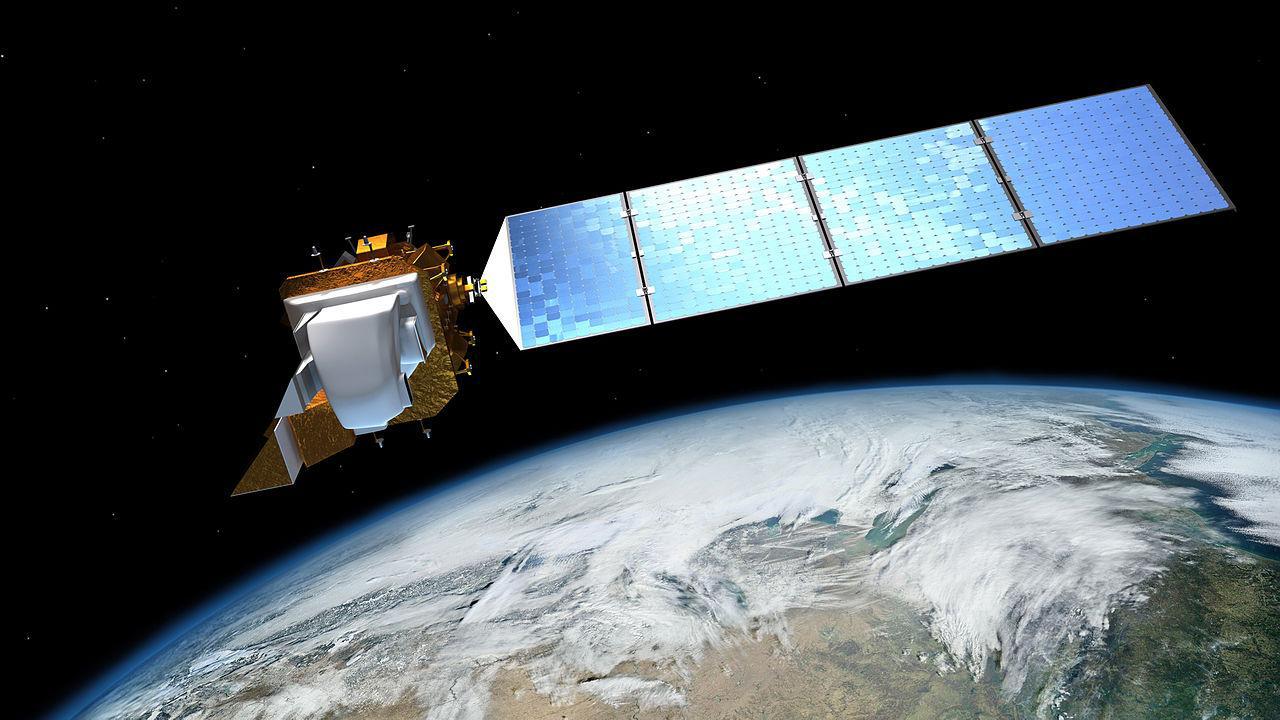
Source: Wikimedia
These disruptions can make GPS signals less accurate, affecting everything from everyday navigation to communication systems.
The Role of the Ionosphere
The ionosphere, which extends from about 50 to 400 miles above Earth’s surface, plays a crucial role in this process. It’s where solar radiation interacts with Earth’s atmosphere, creating electrically charged particles.
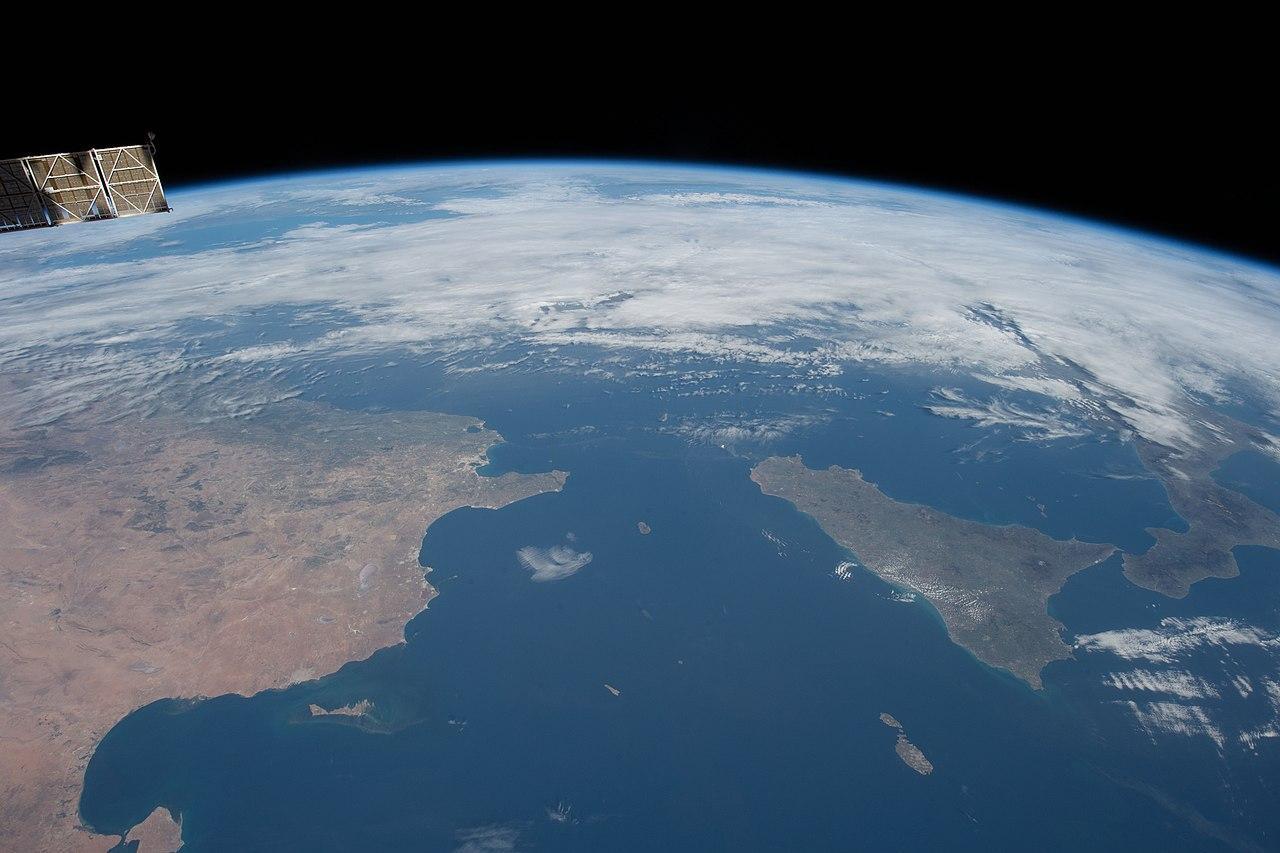
Source: Wikimedia
During intense geomagnetic storms, these particles are supercharged, leading to potential disruptions in long-range communication and satellite signals.
Why the Northern Lights Reached the U.S.
Normally, the northern lights are only visible near the Arctic Circle. However, during a superstorm, the auroral oval—the area where the lights appear—expands dramatically.
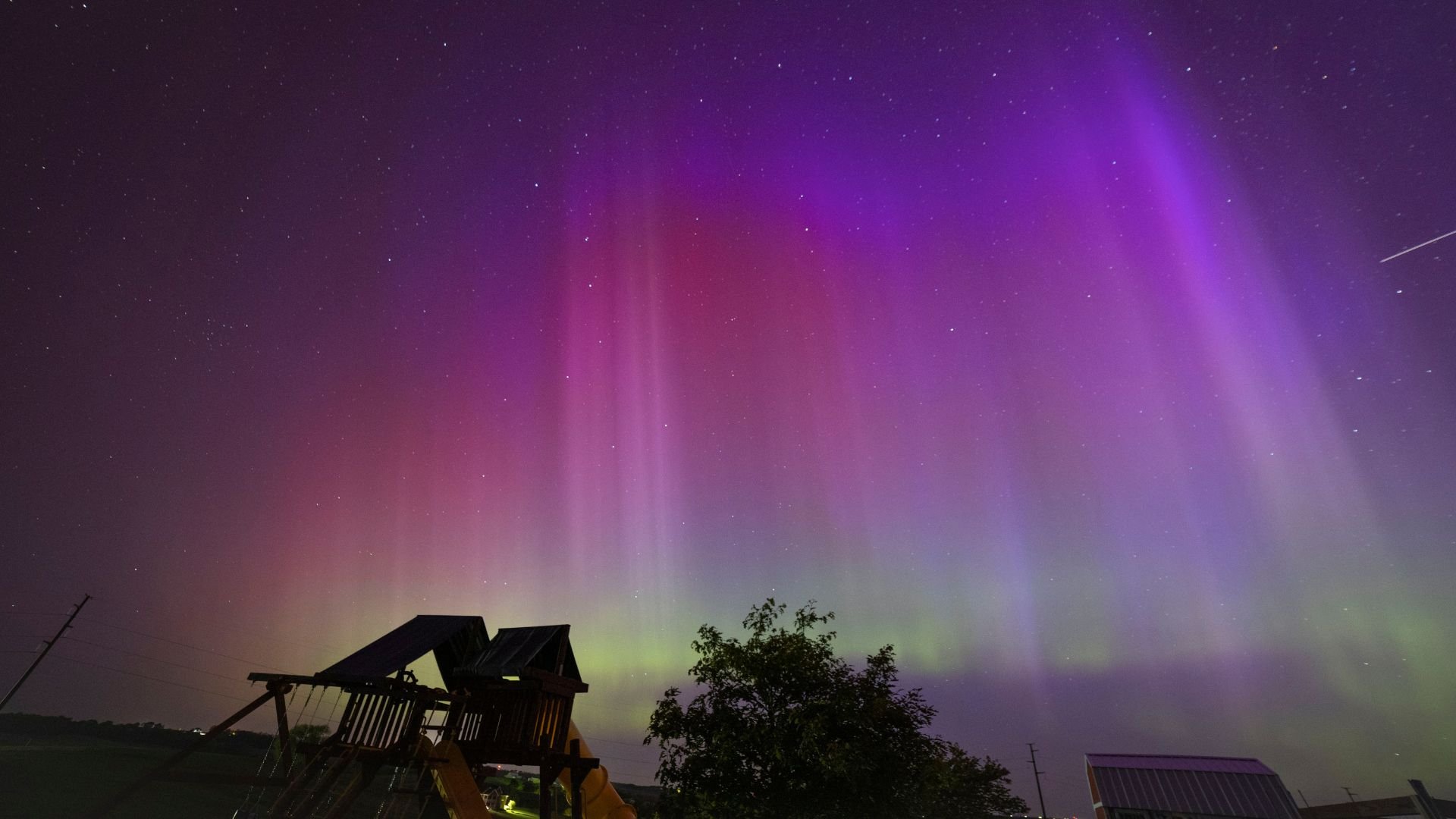
Source: Tackettbr/Wikimedia Commons
In May, this oval stretched as far south as 40 degrees latitude, making it visible across the lower 48 states. States like Michigan, Minnesota, and even Virginia got to experience the rare phenomenon.
More Auroras Expected in 2024 and 2025
The spectacular display in May wasn’t just a one-time event. According to scientists, solar activity is currently at its highest point in 23 years due to the sun nearing the peak of its 11-year cycle.

Source: Todd Salat/AuroraHunter.com
“We’d expect the conditions we’re seeing this year to be around for about the next two years,” says England, meaning skywatchers can expect more frequent aurora displays through 2025.
The Solar Cycle and Geomagnetic Storms
The sun goes through an 11-year solar cycle, during which its magnetic activity increases and decreases. As the sun nears its peak, solar flares and CMEs become more common, leading to more geomagnetic storms.
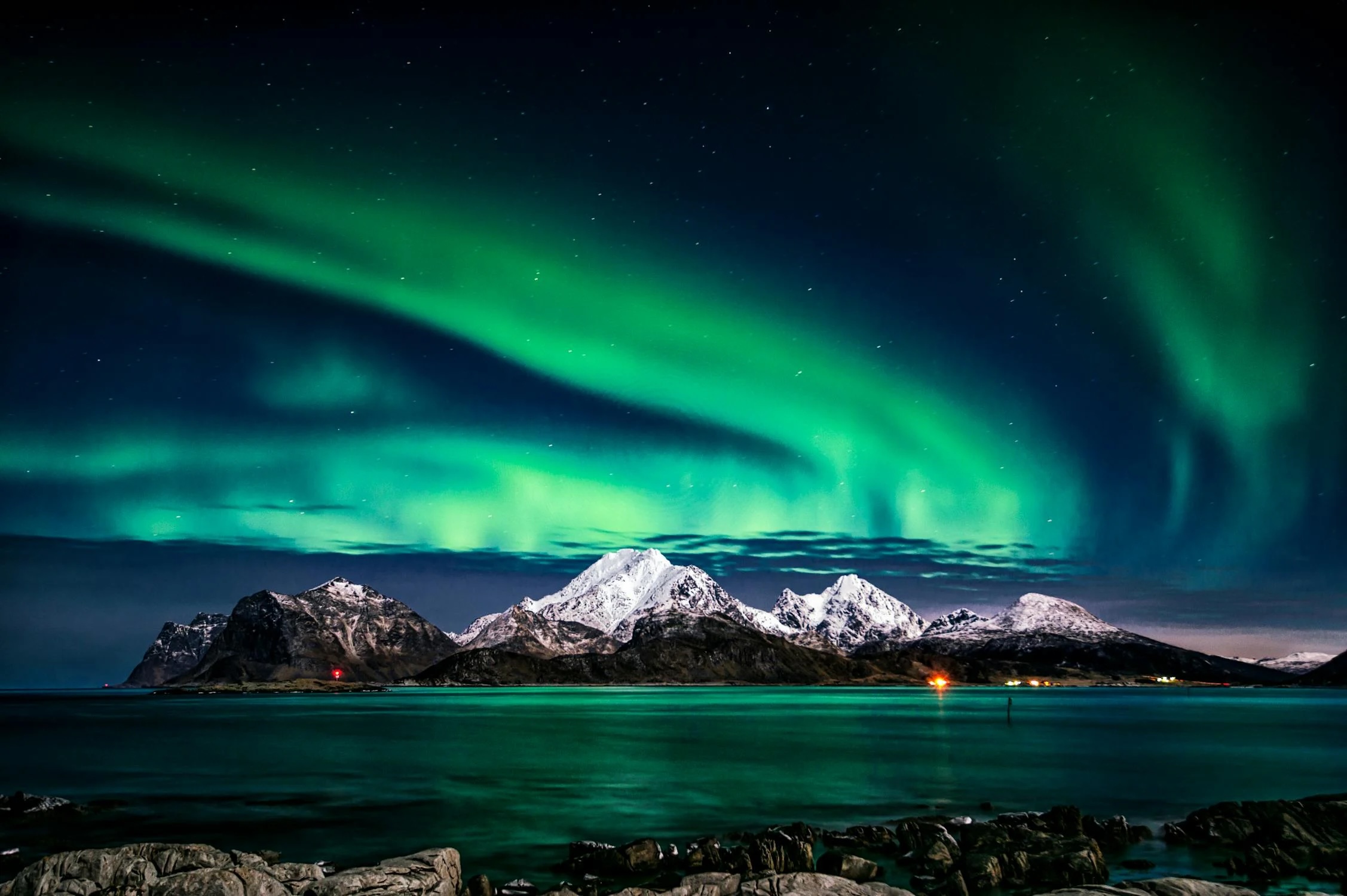
Source: stein egil liland/Pexels
Right now, we’re in Solar Cycle 25, and it’s expected to peak either in 2024 or 2025, which could mean even more frequent aurora sightings around the world.
The Science Behind the Stunning Light Show
The northern lights are created when charged particles from the sun collide with gases in Earth’s atmosphere, like oxygen and nitrogen. These collisions produce vibrant colors—greens, pinks, and reds.

Source: Public Domain/Wikimedia Commons
The intensity of the lights depends on the strength of the geomagnetic storm, and during the May 2024 event, the storm was so powerful that even states like Iowa and Colorado saw the lights.
The Impact on Everyday Life
While the northern lights are mesmerizing, geomagnetic storms can cause problems for modern technology.
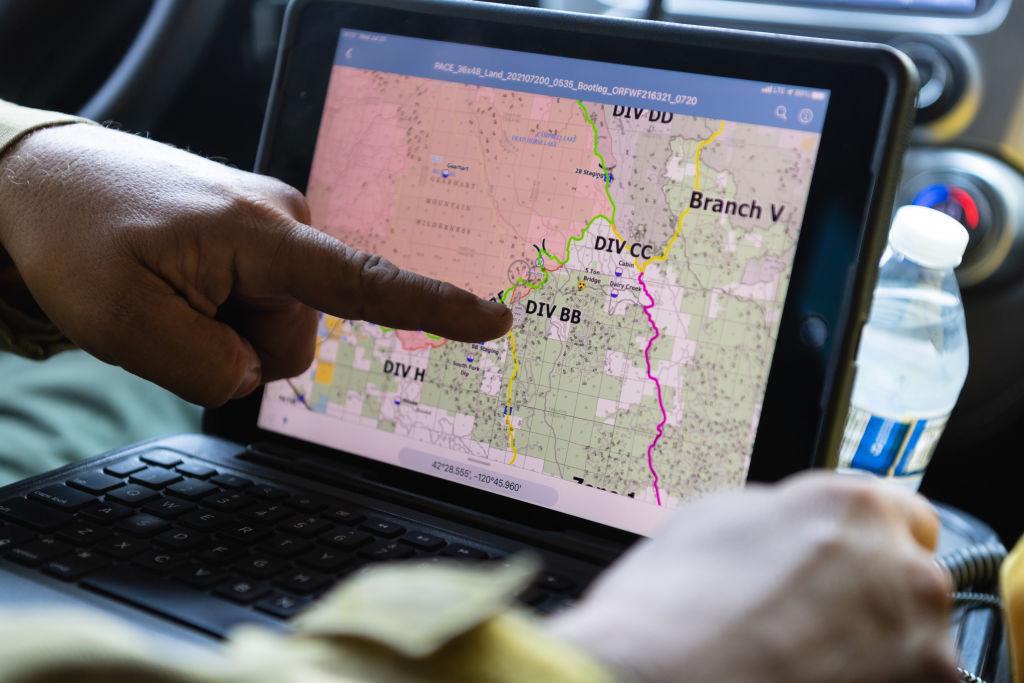
Source: Mathieu Lewis-Rolland/Getty Images
In extreme cases, these storms can knock out power grids, interfere with radio signals, and even disrupt flights.
How to See the Northern Lights in the Future
If you missed the show in May, don’t worry—there will likely be more opportunities to catch the northern lights over the next two years.

Source: Winisreallybored/Wikimedia Commons
Scientists are predicting continued solar activity through 2025, increasing the chances of auroras visible across the U.S. Stay informed by checking geomagnetic storm forecasts from sources like the Space Weather Prediction Center.
